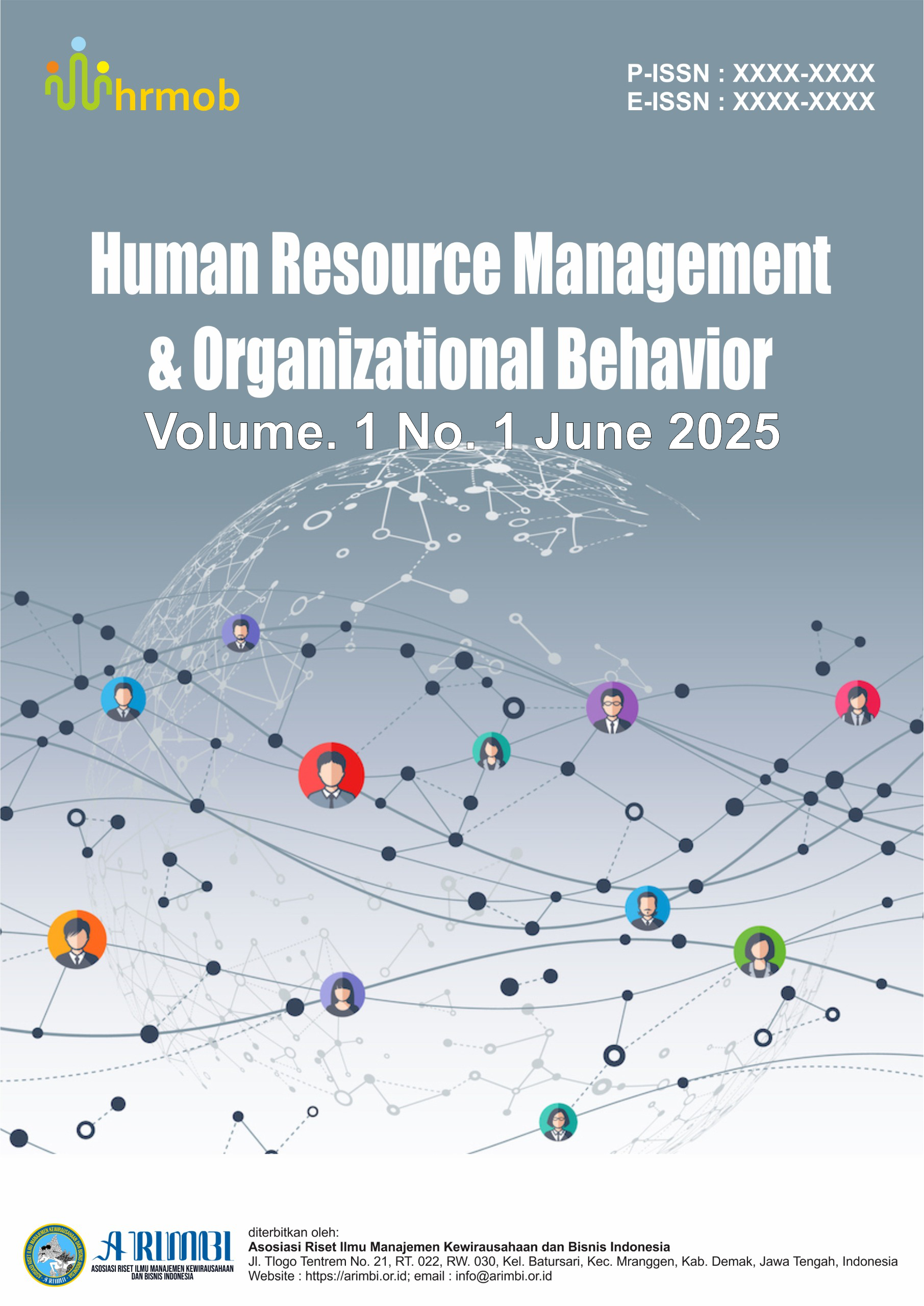Workplace Diversity and Inclusion Practices Affecting Team Performance and Innovation
Keywords:
Diversity, Inclusion, Innovation, Team Performance, WorkplaceAbstract
This study explores the impact of workplace diversity and inclusion (D&I) practices on team performance and innovation within organizational settings. The research aims to understand how diverse teams and inclusive environments contribute to enhanced collaboration, problem-solving, and creative outcomes. Using a mixed-method approach involving quantitative surveys and qualitative interviews across multiple industries, the study identifies key D&I strategies that foster psychological safety and knowledge sharing. The findings suggest that inclusive leadership, equitable policies, and cultural competence significantly boost team synergy and drive innovative behavior. Moreover, teams that experience high levels of inclusion demonstrate stronger adaptability and generate more novel ideas. The implications of this research highlight the importance of embedding D&I principles in organizational culture to sustain competitive advantage and long-term performance. These insights are valuable for HR professionals, managers, and policymakers committed to creating inclusive workplaces that harness the full potential of diverse talent.
References
A. C. Homan, D. van Knippenberg, G. A. Van Kleef, and C. K. W. De Dreu, “Bridging faultlines by valuing diversity: Diversity beliefs, information elaboration, and performance in diverse work groups,” Journal of Applied Psychology, vol. 93, no. 5, pp. 1131–1142, 2008, https://doi.org/10.1037/0021-9010.93.5.1131.
A. Carmeli, R. Reiter-Palmon, and E. Ziv, “Inclusive leadership and employee involvement in creative tasks in the workplace: The mediating role of psychological safety,” Creativity Research Journal, vol. 22, no. 3, pp. 250–260, 2010, https://doi.org/10.1080/10400419.2010.504654.
C. Edmondson and Z. Lei, “Psychological safety: The history, renaissance, and future of an interpersonal construct,” Annual Review of Organizational Psychology and Organizational Behavior, vol. 1, no. 1, pp. 23–43, 2014, https://doi.org/10.1146/annurev-orgpsych-031413-091305.
D. R. Ilgen, J. R. Hollenbeck, M. Johnson, and D. Jundt, “Teams in organizations: From input-process-output models to IMOI models,” Annual Review of Psychology, vol. 56, pp. 517–543, 2005, https://doi.org/10.1146/annurev.psych.56.091103.070250.
D. van Knippenberg, C. K. W. De Dreu, and A. C. Homan, “Work group diversity and group performance: An integrative model and research agenda,” Journal of Applied Psychology, vol. 89, no. 6, pp. 1008–1022, 2004, https://doi.org/10.1037/0021-9010.89.6.1008.
H. Tajfel and J. C. Turner, “The social identity theory of intergroup behavior,” in Psychology of Intergroup Relations, S. Worchel and W. G. Austin, Eds., pp. 7–24, Nelson-Hall, 1986.
J. F. Hair, W. C. Black, B. J. Babin, and R. E. Anderson, Multivariate Data Analysis, 7th ed., Pearson, 2010.
J. W. Creswell and V. L. Plano Clark, Designing and Conducting Mixed Methods Research, 3rd ed., SAGE Publications, 2018.
L. H. Nishii, “The benefits of climate for inclusion for diverse groups,” Academy of Management Journal, vol. 56, no. 6, pp. 1754–1774, 2013, https://doi.org/10.5465/amj.2009.0823.
L. M. Shore, J. N. Cleveland, and D. Sanchez, “Inclusive workplaces: A review and model,” Human Resource Management Review, vol. 21, no. 4, pp. 311–326, 2011, https://doi.org/10.1016/j.hrmr.2011.02.001.
M. E. Mor Barak, “Inclusion is the key to diversity management, but what is inclusion?,” Human Service Organizations: Management, Leadership & Governance, vol. 39, no. 2, pp. 83–88, 2015, https://doi.org/10.1080/23303131.2015.1035599.
R. J. Ely and D. A. Thomas, “Cultural diversity at work: The effects of diversity perspectives on work group processes and outcomes,” Administrative Science Quarterly, vol. 46, no. 2, pp. 229–273, 2001, https://doi.org/10.2307/2667087.
S. E. Page, The Difference: How the Power of Diversity Creates Better Groups, Firms, Schools, and Societies, Princeton University Press, 2007.
S. G. Scott and R. A. Bruce, “Determinants of innovative behavior: A path model of individual innovation in the workplace,” Academy of Management Journal, vol. 37, no. 3, pp. 580–607, 1994, https://doi.org/10.2307/256701.
S. K. Horwitz and I. B. Horwitz, “The effects of team diversity on team outcomes: A meta-analytic review of team demography,” Journal of Management, vol. 33, no. 6, pp. 987–1015, 2007, https://doi.org/10.1177/0149206307308587.
V. Braun and V. Clarke, “Using thematic analysis in psychology,” Qualitative Research in Psychology, vol. 3, no. 2, pp. 77–101, 2006, https://doi.org/10.1191/1478088706qp063oa.



